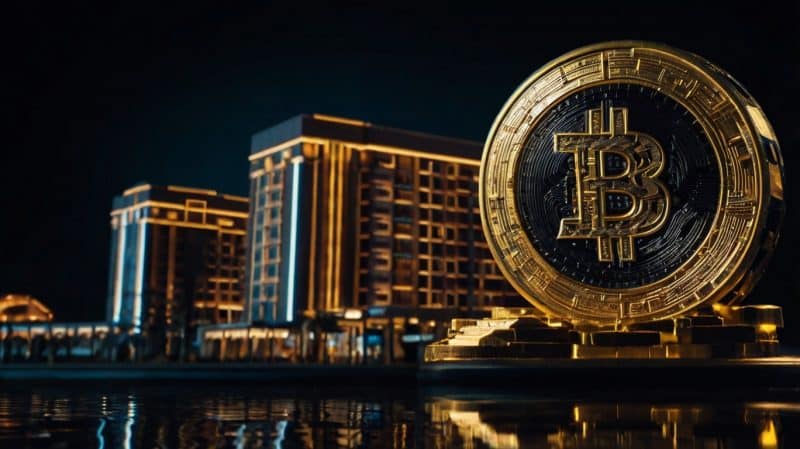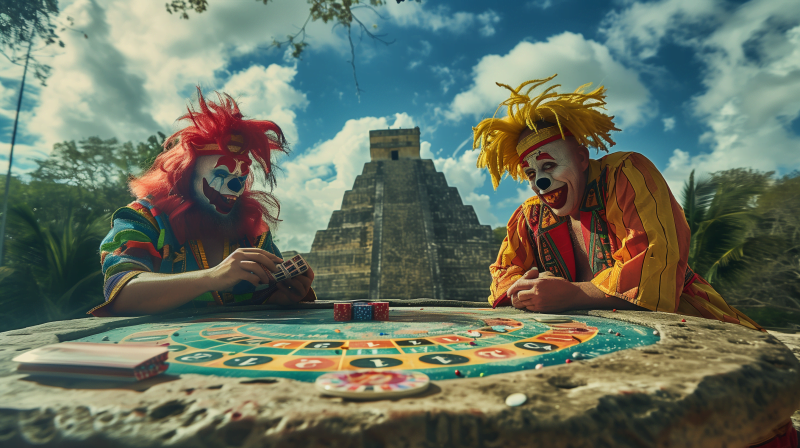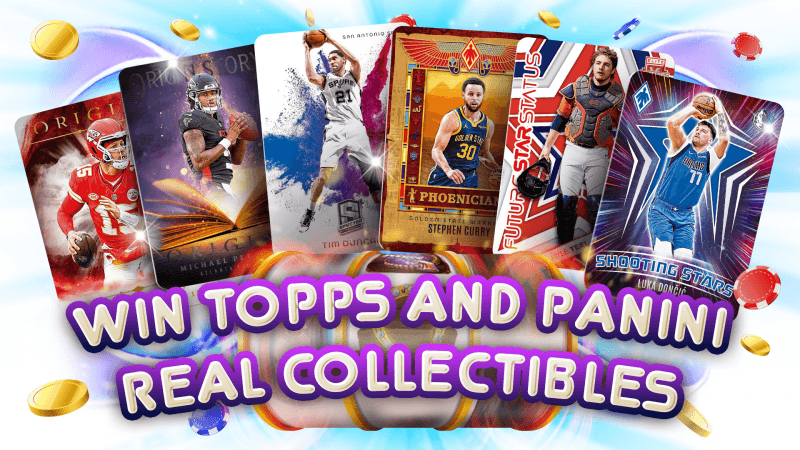Hey there, fellow gamers and art enthusiasts! Let’s talk about one of the hottest topics in the gaming and art world – NFTs! You’ve probably heard about them a million times already, but there’s more to it than just the hype. This article will dive deep into the world of NFTs and explore how they’re revolutionizing the art world and beyond.
What are NFTs?
NFT stands for Non-Fungible Token, a type of unique digital asset that cannot be replicated. Think of it as a digital certificate of ownership for a particular asset. NFTs are typically created on blockchain technology, which allows for secure ownership verification and enables creators to sell their digital assets with a high level of authenticity.
NFTs have been around since 2017. It wasn’t until recently that they gained mainstream attention. In early 2021, a digital artwork by the artist Beeple sold for a whopping $69 million, making it the most expensive NFT ever sold. Since then, NFTs have exploded in popularity, with artists, musicians, and even athletes jumping on the bandwagon.
NFTs in the Art World
Now, let’s talk about how NFTs are revolutionizing the art world. Traditionally, art has been physical – a painting, sculpture, or photograph you can see and touch. However, with the rise of digital art, ownership has become a bit murky. Sure, you can download a digital image, but who owns it? How can you prove that you’re the rightful owner of digital artwork?
This is where NFTs come in. By creating an NFT of digital artwork, the artist can verify ownership and sell it to collectors as a one-of-a-kind piece. This means digital art can now be treated just like physical art, with ownership and authenticity verifiable through blockchain technology.
Not only does this open up a whole new world of possibilities for artists, but it also allows for greater accessibility and inclusivity in the art world. With NFTs, artists no longer have to rely on galleries or auction houses to sell their work, and collectors worldwide can now own a piece of digital art without having to physically travel to see it.
How Does NFT Art Work?
NFT art works by creating a unique digital asset verified and recorded on a blockchain network, typically using the Ethereum or Solana blockchain. Here’s how the process works:
1. Create the Digital Asset
The first step in creating NFT art is to create a digital asset. This can be a painting, photograph, music track, video, or digital artwork.
2. Mint the NFT
To mint an NFT, you must upload digital artwork onto a blockchain platform that supports NFTs. Once uploaded, the platform will create a smart contract, which defines the ownership, metadata, and other details of the NFT. The NFT is then assigned a unique identifier, which is recorded on the blockchain and cannot be duplicated or altered.
3. Transfer and Sale of the NFT
Users can transfer ownership of an NFT from one party to another using a cryptocurrency wallet. The blockchain platform will record the transfer, making verifying and transferring ownership easy. You can sell NFTs on online marketplaces like OpenSea, Nifty Gateway, or Rarible. The value of an NFT is determined by market demand, rarity, and other factors. It can be bought and sold on secondary markets, allowing for potential appreciation in value over time.
How to create NFT Art
Creating NFT art requires technical skills and knowledge of the blockchain ecosystem and digital art market. Research and seek guidance from experienced NFT artists and communities to ensure your success. Let’s walk you through the steps of creating NFt art;
Choose Your Medium
The first step in creating NFT art is to choose your medium. NFT art can be created in various forms, including illustrations, 3D models, animations, music, and videos. Choose a medium you are comfortable with that aligns with your artistic vision. Remember, the more unique and creative your artwork is, the more valuable it may be.
Create Your Art
Once you have chosen your medium, it’s time to start creating your artwork. Create your artwork using digital tools such as graphic design software, 3D modeling programs, or music production software. Make sure to save it in a high-resolution format suitable for display.
Mint Your NFT
To mint your NFT, you must use a blockchain platform that supports NFTs like Ethereum or Solana. Minting involves creating a smart contract that defines the ownership, metadata, and other details of the NFT. Once minted, the NFT is assigned a unique identifier, which is recorded on the blockchain and cannot be duplicated or altered.
Set a Price
Decide on a price for your NFT art, which can be in the form of cryptocurrency. The price can be determined by the rarity and demand for your artwork. Do your research and see what similar artworks are selling for to get an idea of the market value.
List Your NFT for Sale
You can list your NFT for sale on online marketplaces such as OpenSea, Nifty Gateway, or Rarible. Ensure to provide detailed information about your artwork, including its creation process, concept, and any additional perks or benefits for the buyer. Promoting your NFT art on social media, art communities, and other online platforms is vital to attract buyers.
Promote Your NFT
You can promote your NFT art on social media, art communities, and other online platforms to attract buyers. You can also collaborate with other artists and participate in online events and exhibitions to gain visibility. Remember, the more exposure your artwork gets, the more valuable it may become.
Why is NFT Art Valuable?
NFT art is valuable because it allows artists to sell their digital artwork as one-of-a-kind assets, just like traditional physical art. The value of an NFT is determined by market demand, rarity, and other factors. It can be bought and sold on secondary markets, allowing for potential appreciation in value over ti.
NFTs in Gaming
But NFTs aren’t just limited to the art world. They’re also making waves in the gaming industry. Slot games, in particular, are seeing a lot of NFT activity.
For those unfamiliar, slot games is an online casino game where players spin the reels and try to match symbols to win prizes. These games have been around for decades, but with the rise of blockchain technology, they’re now being revolutionized with NFTs. Examples include Tiger Land, Night of Fear, Treasure Island Quest and many more from Blockspin Gaming.
One of the most popular NFT-based slot games is called Chain Guardians. In this game, players can purchase and collect NFTs that represent characters and items in the game. These NFTs can then be used to battle other players and earn rewards. The game has become so popular that it has a marketplace where players can buy, sell, and trade their NFTs.
Another example is the game Axie Infinity, which allows players to collect and breed NFT-based creatures called Axies. Players can use these Axies in battles or trade them in a marketplace. The game has become so popular that players earn real money by selling their Axies on the marketplace.
NFTs Beyond Gaming and Art
But NFTs aren’t just limited to the art world and gaming industry. They’re also
used in other industries, such as music, sports, and real estate. In the music industry, artists use NFTs to sell fans unique experiences, such as backstage passes or exclusive merch. Sports fans use NFTs to represent moments in time, such as a famous dunk or a game-winning goal. And in real estate, investors use NFTs to represent ownership of a property or a piece of land.
The possibilities for NFTs are endless, and we’re only scratching the surface of what they can do. NFTs are changing how we think about ownership and authenticity in the digital world, opening up new opportunities for creators and collectors alike.
The Pros and Cons of NFTs Art
Of course, like any new technology, NFTs come with their own set of pros and cons. Let’s take a closer look at each.
Pros:
Verifiable ownership: NFTs allow for high authenticity and ownership verification, which is especially important in the digital world.
Accessible: NFTs allow for greater accessibility and inclusivity in industries such as art and gaming, as artists and creators can sell their work directly to collectors without needing a middleman.
New revenue streams: NFTs offer new revenue streams for creators, who can sell their digital assets as one-of-a-kind pieces.
Cons:
Environmental impact Developers create NFTs on blockchain technology, which uses a significant amount of energy and has a negative environmental impact.
High costs: NFTs can be expensive to create and purchase, limiting accessibility for some collectors.
Lack of regulation: The NFT market is currently unregulated, which can lead to fraud and scams.
At the end of the day, NFTs are a fascinating new development in the world of digital assets, and it will be interesting to see how they continue to evolve and shape the industries they’re a part of. Whether you’re a collector, a creator, or simply someone interested in digital ownership’s future, NFTs are worth keeping an eye on.




